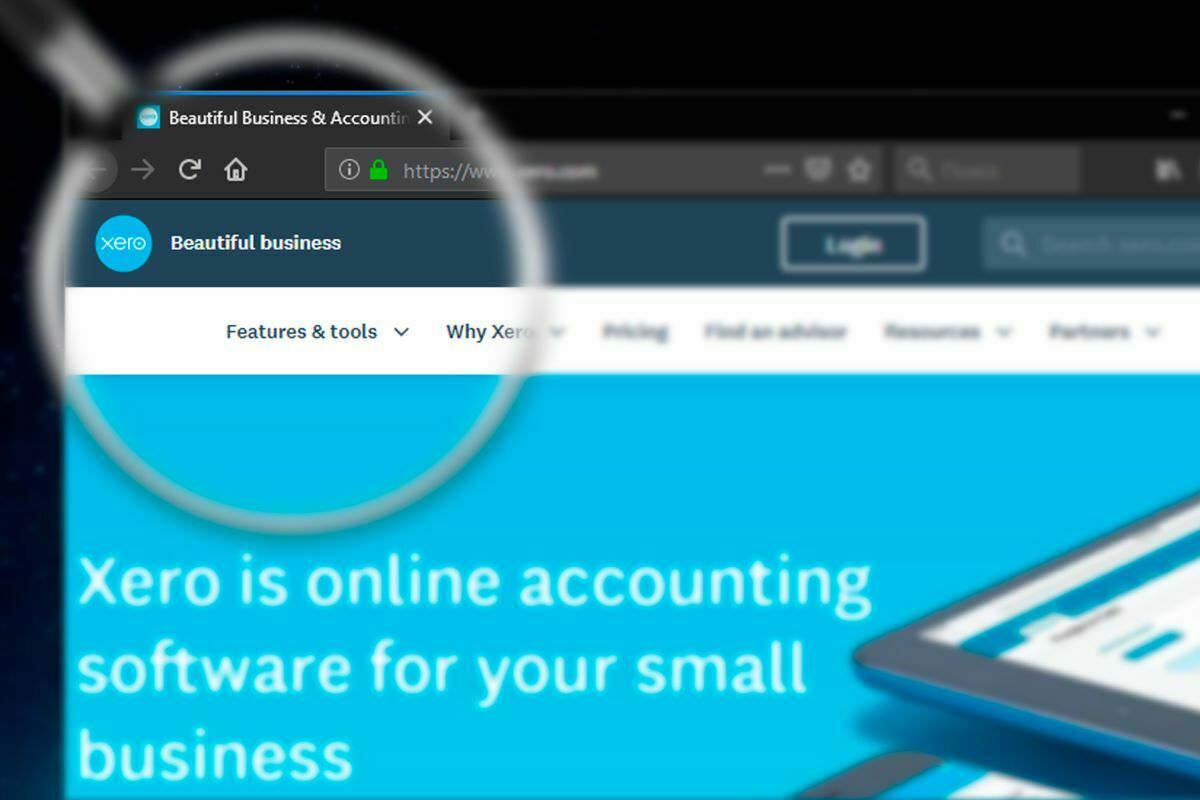
Xero’s short-term cashflow feature for businesses
Xero's short-term cashflow feature for businesses
Business cashflow is simply money coming in and money going out of the business. Your outgoings will include things like rent, payroll, taxes and supplies. Your income will be revenue from sales but might also include investment funds or the sale of assets.
For most businesses, income and expenditure don’t always happen at the same time so focussing on strong cashflow management will help you prepare for the shortfalls and also manage surplus income.
Cashflow reports allow you to look back at cashflow in your business. This can uncover cashflow patterns over time and show you how much money you need to run your business each month.
Cashflow forecasts look forward by combining payment dates and due dates for invoices, to give you an idea of what your cashflow will be like going forward.
Managing healthy cashflow
Xero’s short-term cash flow feature gives you an up-to-date dashboard view of your organisation's cashflow. You can choose multiple bank accounts and see the projected cashflow over 7-30 days. The more information you include, the more accurate your forecast will be.
Healthy cashflow management gives you better control, so you are more prepared for growth or for the unexpected. Read the article at Xero Central to learn more about this feature.








